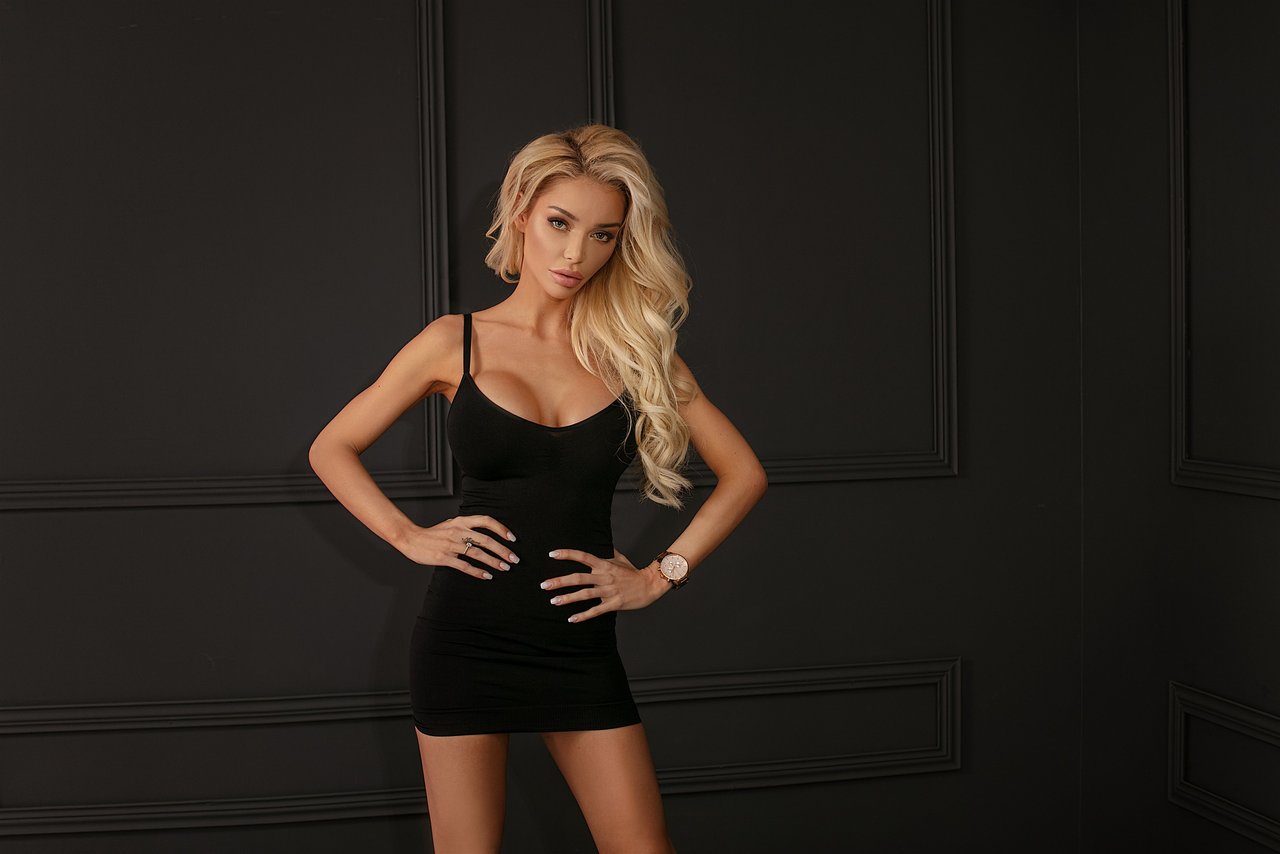Breaking Down Androgynous Style—The Blend of Masculine and Feminine
Androgynous style isn’t just a look—it’s a space between two worlds. This is where masculine and feminine fashion elements merge, allowing for an outward appearance that feels neither pinned to one extreme nor “in disguise.” Some days, it's a sharp jacket over relaxed jeans. Others, it's a flowing shirt with neutral sneakers. The common thread—a refusal to be boxed in by old categories, and a pull toward new ways of self-expression.
Visual identity, for anyone exploring androgyny, becomes a map of experiments. Whether you borrow from both masculine and feminine styles or reimagine them entirely, the message is self-acceptance. Imagine a wardrobe where simplicity stands beside boldness—one day a tailored vest, the next, a soft oversized tee. The most striking androgynous appearance often comes from rejecting the rules: you mix, match, layer, and dismantle.
This freedom isn’t reserved for one “type” of person or identity. Anyone, regardless of their orientation or gender, can express themselves through androgynous style—using key signals like muted tones, unisex accessories, and a keen sense for balance. Try looking at your own wardrobe: have you unconsciously been blending styles, blurring that old line? That’s androgyny at work in everyday life.
Gender Expression—How Outward Appearance Reflects the Inner Self
Gender expression is the visible, felt part of our identity—the way we show our truth in a world obsessed with categories. It’s not gender identity, which lives quietly inside; instead, gender expression emerges every day in how we present ourselves, from clothes to voice to body language. There’s raw honesty in how outward appearance can act as both armor and invitation.
For people of all backgrounds, the choices you make—your personal presentation—send signals about who you are and how you hope to be seen. Leaning into unisex style or genderless outfits, experimenting with androgynous clothes, or choosing subtle blends says, “This is me”—even when words fail. Self-expression through clothing can affirm or challenge assumptions about gender, sparking conversation or comfort depending on the day.
Taking a moment to see what lines we draw for ourselves—what colors we wear, what cuts feel “right,” which accessories call us back—is a practice in honesty. Noticing your own gender expression doesn’t demand a label; it simply asks for reflection on how your personal presentation feels to you, and whether it brings you closer to your inner sense of peace.


